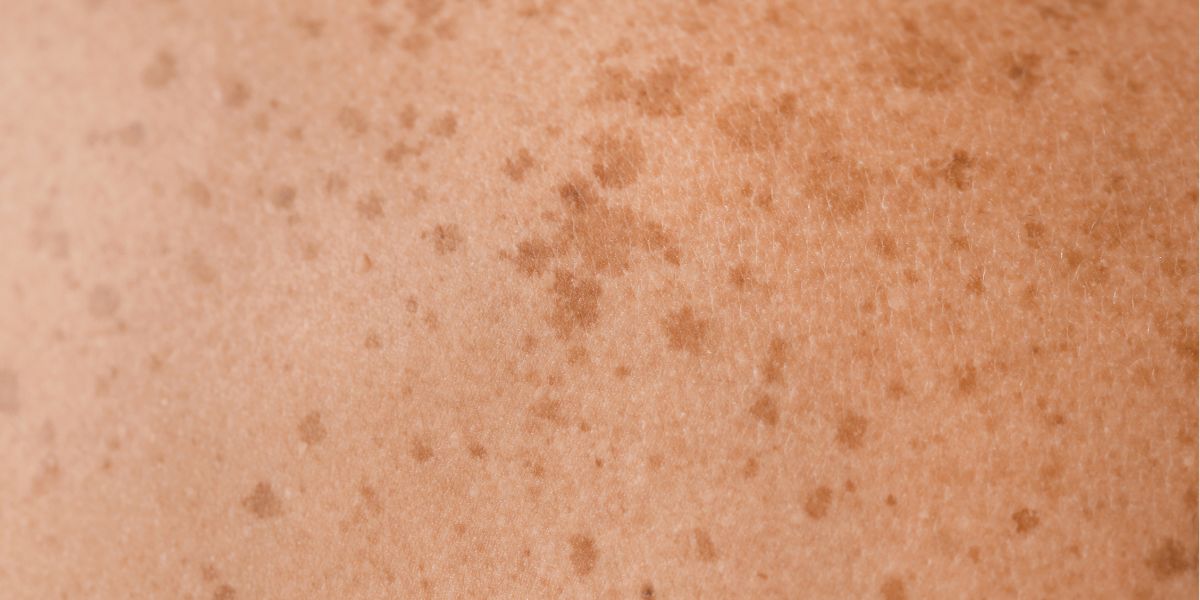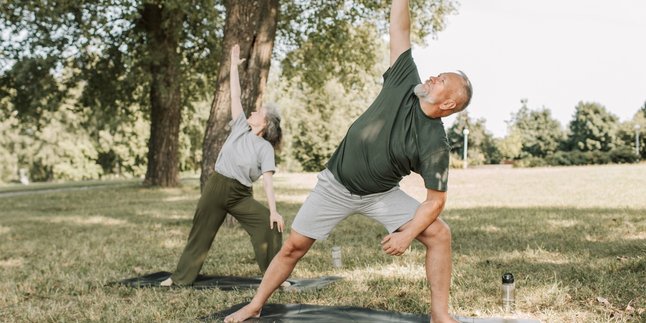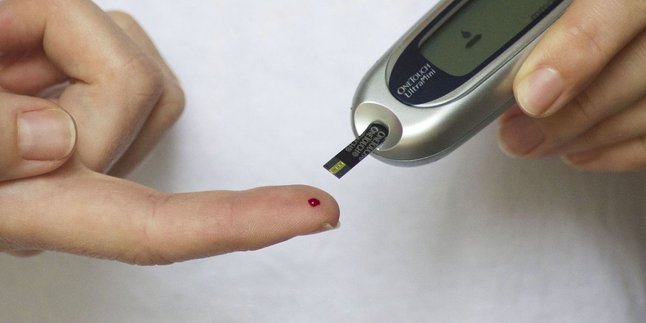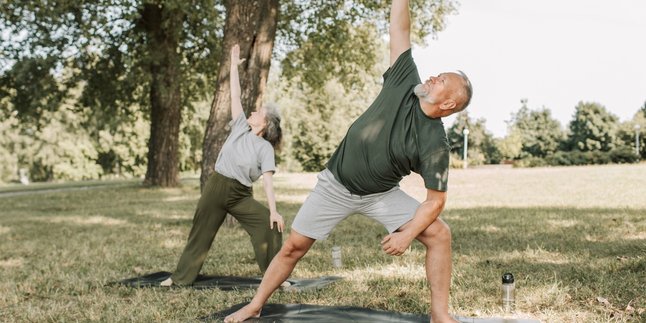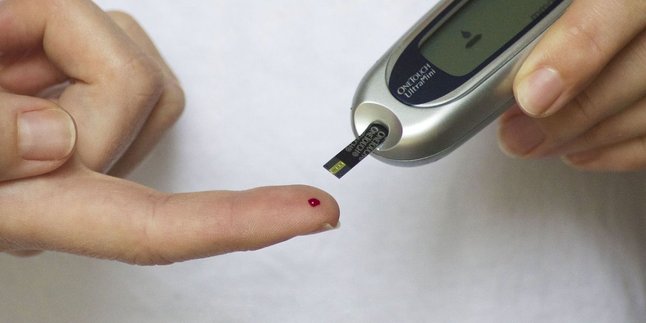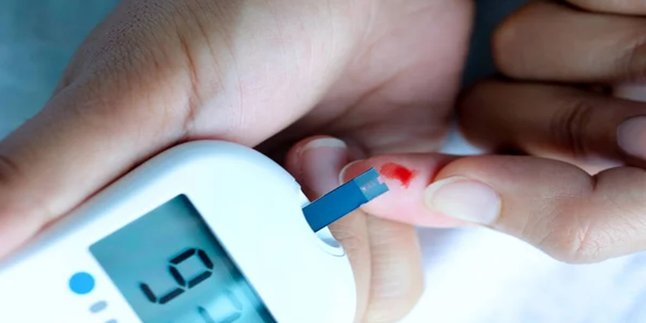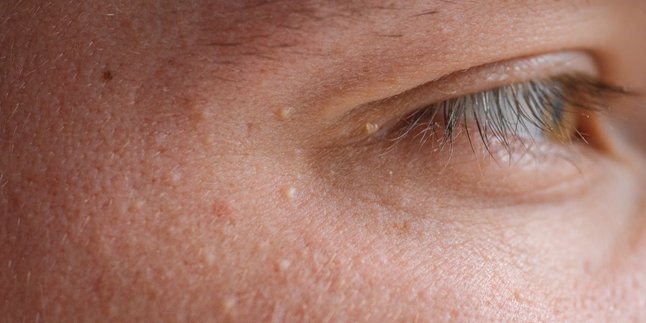Kapanlagi.com - Skin cancer has now become one of the most common types of cancer worldwide, and unfortunately, the number of cases continues to rise. Many people are still unaware of the various risk factors that can trigger the development of skin cancer, which often arises due to excessive sun exposure or certain genetic factors.
Ultraviolet (UV) exposure is the primary cause of skin cancer. UV rays can damage our skin cells and trigger the growth of abnormal cells. Additionally, bad habits such as smoking and genetic factors also contribute to the increased risk of developing skin cancer.
Therefore, it is important for us to understand the various types of skin cancer and their causes. With the right knowledge, we can take effective preventive measures. This article will thoroughly discuss the types of skin cancer, their causes, and the preventive measures we can take.
Check out the complete information summarized by Kapanlagi for you!
1. Types of Skin Cancer You Should Know
Skin cancer has various types, and among the most common are Basal Cell Carcinoma (BCC), which grows slowly but requires medical attention to prevent further damage.
Meanwhile, Squamous Cell Carcinoma (SCC) develops more quickly and has the potential to spread, often appearing as scaly sores or painful lumps in sun-exposed areas.
However, the most concerning is melanoma, the most aggressive and dangerous type of skin cancer, which can appear as a new mole or noticeable changes in an existing mole.
Early detection is crucial for melanoma, as it can spread rapidly. Lastly, there is Merkel Cell Carcinoma (MCC), which, although rare, grows quickly and usually appears as a small lump on the head and neck.
Recognize these signs and do not neglect your skin health!
2. Main Causes of Skin Cancer: UV Radiation Exposure
Ultraviolet (UV) rays from the sun, although often considered a source of joy, actually pose a lurking danger to our skin health.
During peak hours, particularly between 10 AM and 4 PM, exposure to UV rays can damage the DNA of skin cells, increasing the risk of dreadful skin cancer.
There are two types of UV rays to be wary of: UVB, which causes sunburn, and UVA, which penetrates deeper, accelerating aging and causing long-term damage.
Although sunlight is beneficial for vitamin D production, it is important for us to protect ourselves by using sunscreen and appropriate clothing to stay safe and healthy while enjoying its warmth.
3. Other Risk Factors That Increase the Likelihood of Skin Cancer
In addition to sunlight being the main enemy, there are several other factors that can increase a person's chances of developing skin cancer.
For example, if you have a family history of skin cancer, be cautious, as your risk of experiencing it also increases.
Similarly, those with fair skin or low melanin levels tend to be more vulnerable to damage from UV rays.
Moreover, the use of tanning beds that emit artificial UV rays also poses a threat, as they can damage the skin in a short time, just like direct exposure to sunlight.
4. The Role of Age and the Immune System in Skin Cancer Risk
Age is one of the crucial factors that cannot be overlooked when discussing skin cancer risk; as one gets older, the susceptibility to skin cancer increases due to the accumulation of UV exposure over the years.
However, it is not only age that plays a role; a weakened immune system is also a major concern.
Those suffering from autoimmune diseases or those taking immunosuppressive drugs after organ transplantation are at the forefront of skin cancer risk.
Therefore, maintaining body health and strengthening the immune system through a healthy lifestyle is a vital step to reduce the likelihood of being exposed to skin cancer in the future.
5. Effective Skin Cancer Prevention Methods
Protecting your skin from cancer doesn't have to be complicated! Just follow these simple steps: apply sunscreen, wear protective clothing, and avoid direct sunlight during peak hours.
Don't forget to regularly check your skin and stay away from harmful tanning beds. If you notice significant changes in moles, such as changes in shape or color, consult a dermatologist immediately.
By regularly protecting your skin from UV exposure, you can significantly reduce the risk of developing skin cancer!
(kpl/rao)
Disclaimer: This translation from Bahasa Indonesia to English has been generated by Artificial Intelligence.
